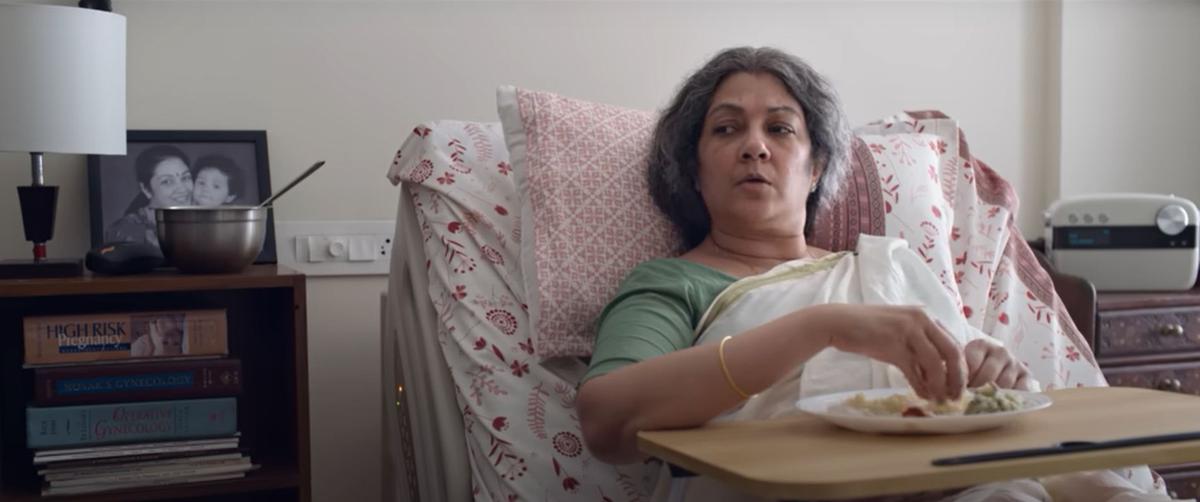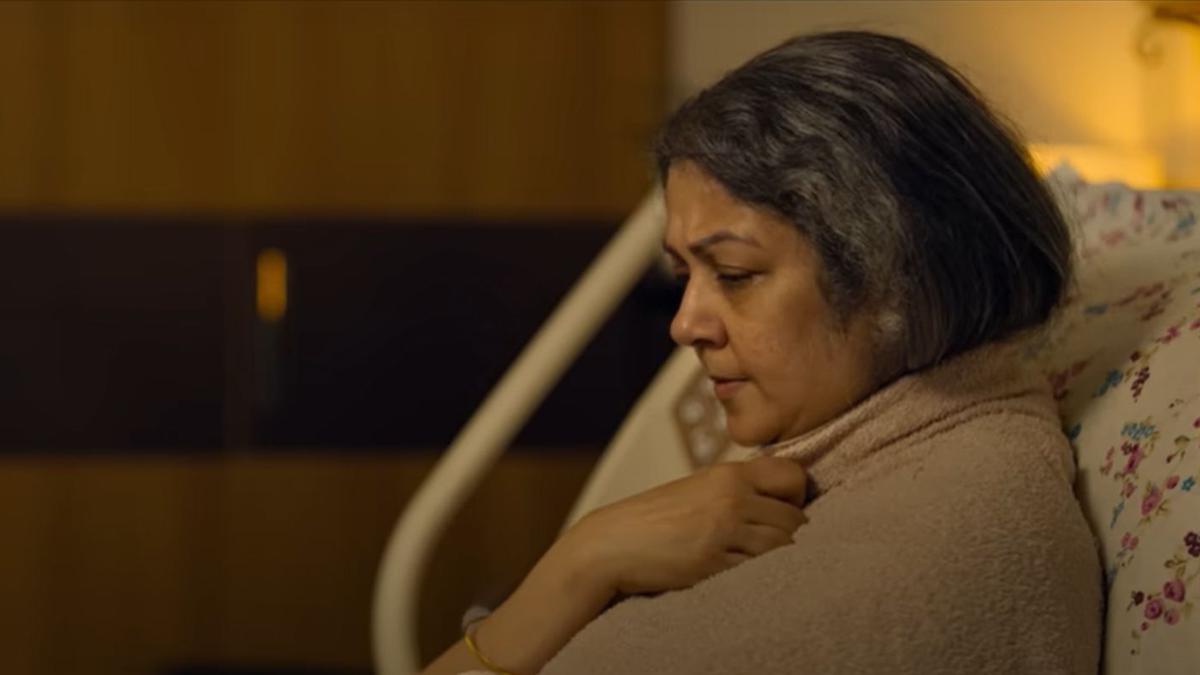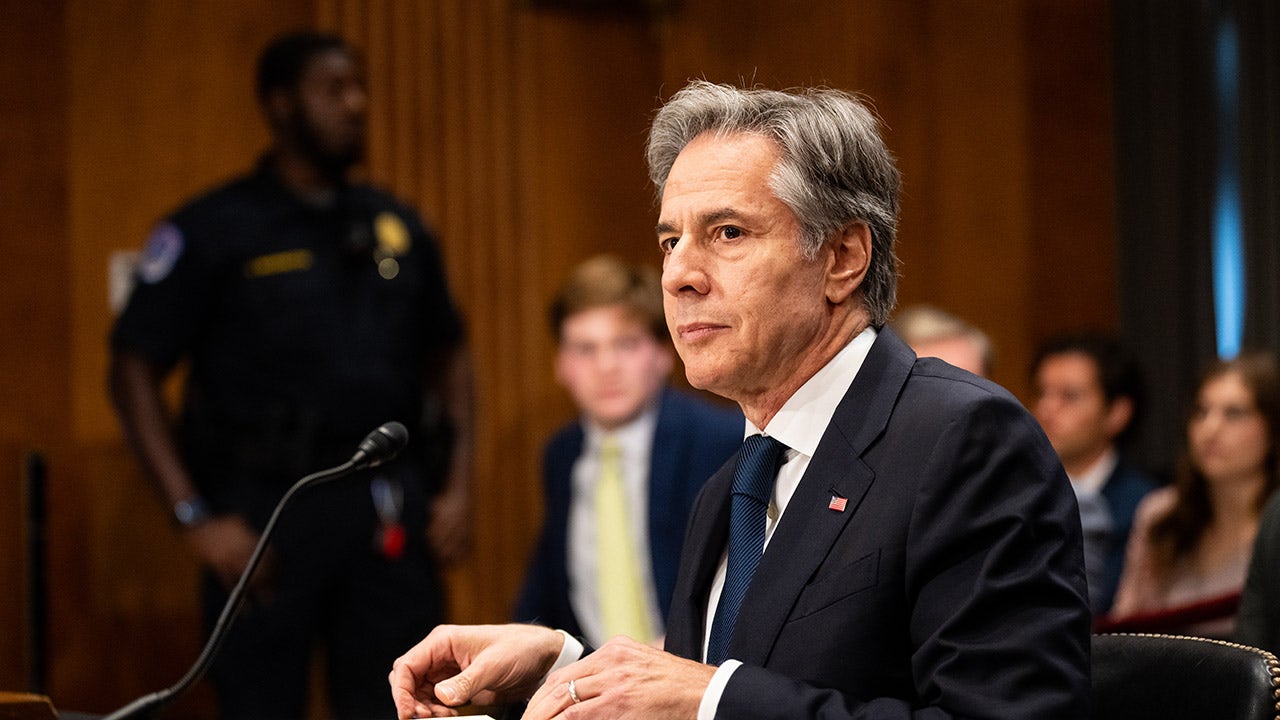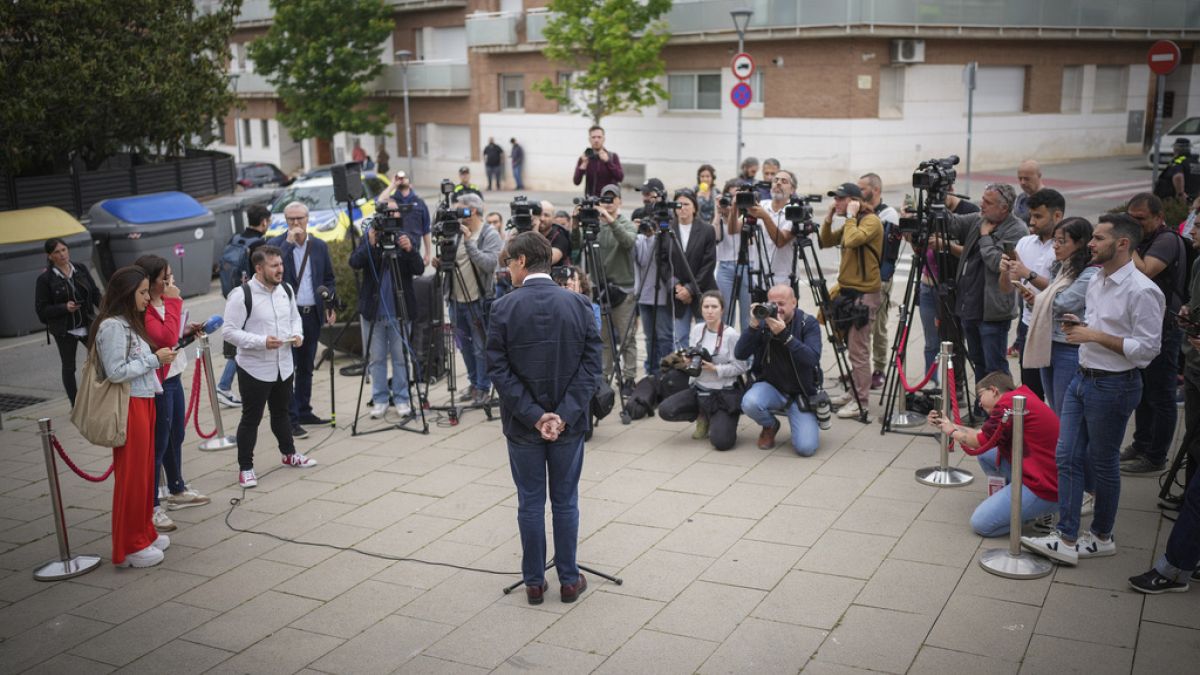Indu Lakshmi’s directorial debut, Nila, is a heartwarming take on a woman’s spunk, confidence and spirit. It may not be a crowd pulling ‘masala’ film but the refreshing narrative, performances and the making make the film worth your time.
Shanthi Krishna is Dr Malathi, a gynaecologist who is bed-ridden with a spinal injury due to a fall. As she fears that someone is out there to harm her, her son Mahi (Vineeth), attributes it to her medical condition, especially early stages of dementia. Other characters in her life are her standoffish home nurse Mini (Mini IG) and her long-time helper Rahman (Mamukkoya).
With well-wishers trooping in to see Malathi, who enjoyed a busy social life, Mahi moves her into his new apartment. In a new atmosphere, Malathi tries to adjust to a mundane lifestyle until noises from the adjacent apartment and the dulcet voice of a girl living there makes her curious about the proceedings. She soon befriends the girl, Nila, and although confined to her bed, Malathi talks at length with her.
Nila keeps making excuses not to meet Malathi in person. Eventually, she opens up to Malathi and her predicament upsets Malathi. But there is a catch. Malathi is aware that her memory is failing her and wonders if Nila is a figment of her imagination.
The narrative takes its sweet time to portray the traits of the characters, and the mother-son bond is heartening sans cliché moments. Vineeth breezes through his role as the affectionate Mahi who is concerned about his mother’s health.
Nila (Malayalam)
Director: Indu Lakshmi
Cast: Shanthi Krishna, Vineeth, Mamukkoya, Mini IG, Ananya
Running time: 95 minutes
Storyline: A resilient ageing woman, also a a doctor, is bed-ridden with a spinal injury. She befriends a girl in her neighbourhood but wonders if that person is real or not
It is perhaps among the final few films of veteran Mamukkoya. He is convincing as the humble, realistic Rahman, and the veteran comedian definitely deserved more screen space. Mini is perfect as the unfriendly home nurse, but her character needed in-depth exploration. Nila is a noteworthy character that grows on you with her singing, and dialogue delivery, especially in her Kannur dialect.

Shanthi Krishna in Nila
| Photo Credit:
SPECIAL ARRANGEMENT
But it is Shanthi Krishna who steals the show. With a face and smile that always lit up the screen, the veteran actor breathes life into the stubborn yet pragmatic and upright Malathi with grace. Her dialogue delivery – a bit of accented Malayalam – does not seem right initially. But eventually, one understands that it comes from her background. This is the actor’s career-best performance.
Full marks to Indu, who has also scripted the movie, for telling a story that is more like a character study, that too in a run time of 95 minutes. The film is not preachy. In fact, the observations that Malathi makes about love, marriage and relationships are real. Credit goes to the editors, Appu N Bhattathiri and Shaijas KM, for the smooth flow of the film.
That said, the twists towards the climax appear dramatic and far fetched, more so with the thumping track by Bijibal playing in the background. Otherwise, the background score and songs are soothing and blends nicely into the plot.
Nila is currently running in theatres
Nila is among the films funded by the Kerala State Film Development Corporation as part of its project to support women in cinema. Indu Lakshmi is certainly a director to watch out for.
Nila is running in theatres.
































